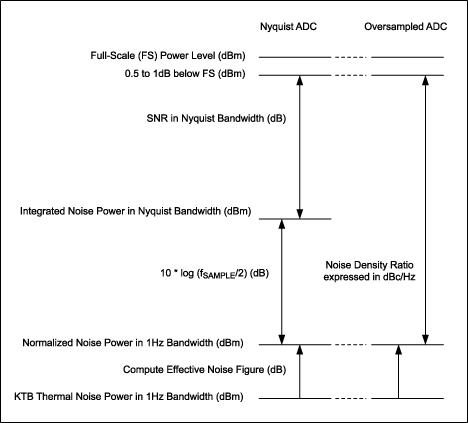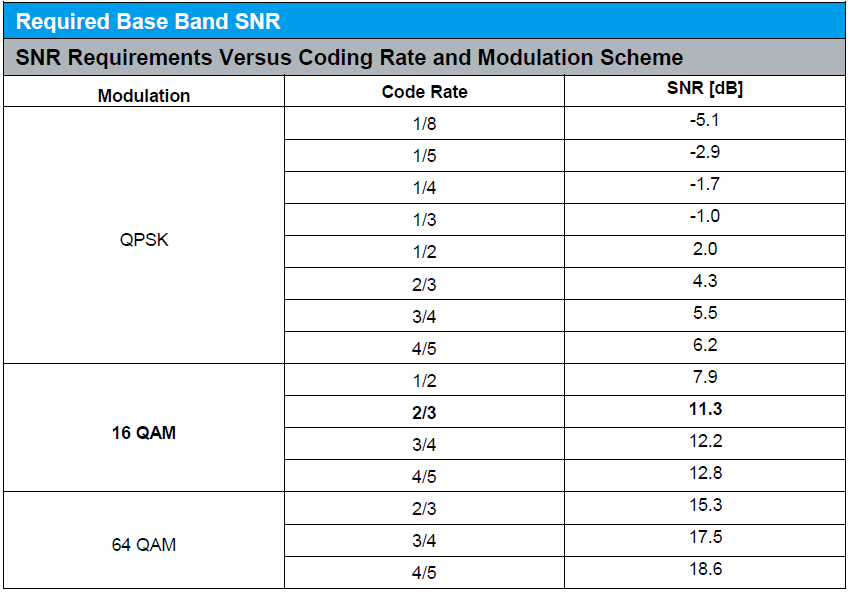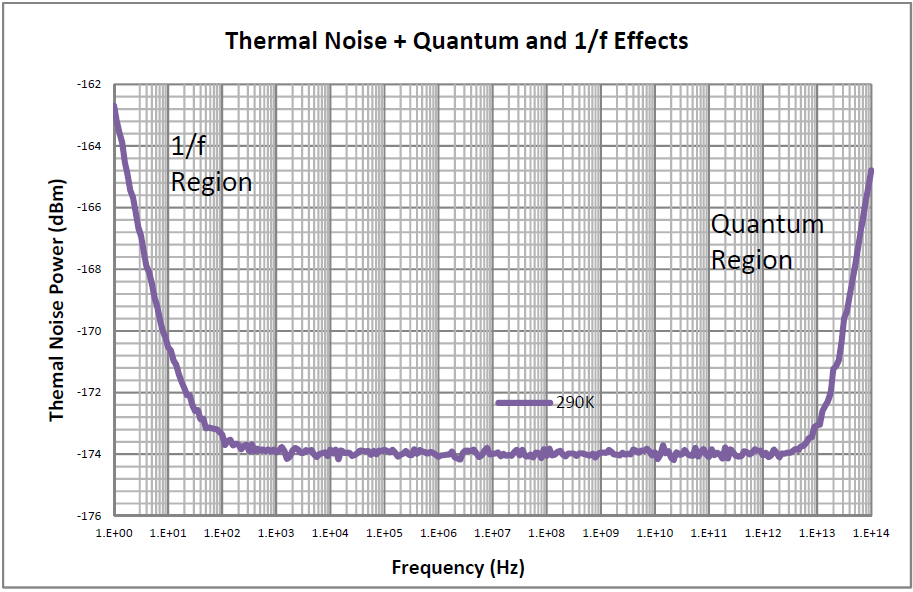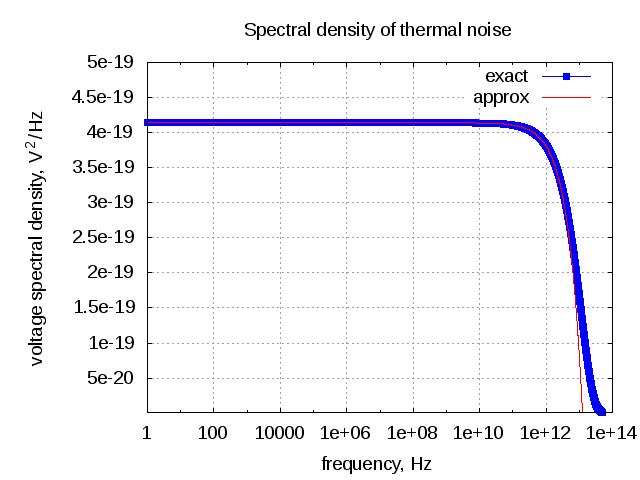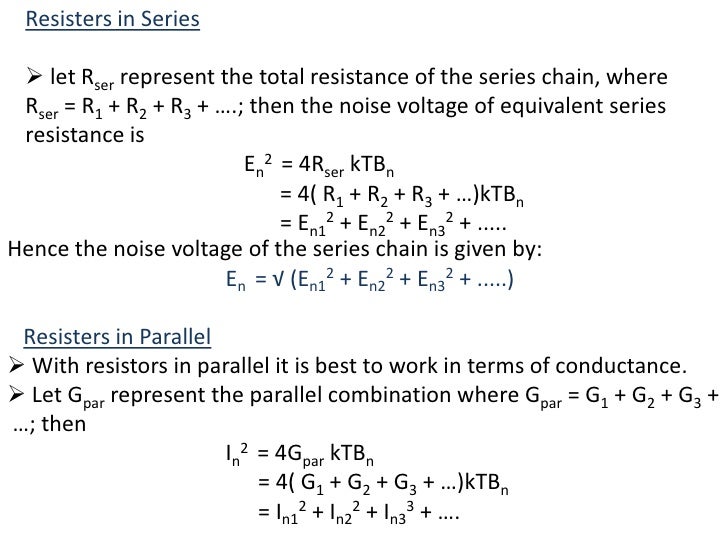Thermal Noise Floor Calculation

Noise floor calculator uncategorized june 10 2018 two birds home 0 what does noise figure signifies give temperature and lora sensitivity calculator factor versus propagation tutorial link budgets spectral density a new adc cascaded thermal.
Thermal noise floor calculation. Please note that temperature kelvin temperature celsius 273 16. 1 hz noise floor. Ein means equivalent input noise. If we look at the normalized b 1 hz bandwidth noise floor equation we have.
The most common impedance is 50 ω. Thermal noise is a noise that is a result of the thermal agitation of electrons. It is a specification that. Thermal noise power 173 96 dbm noise voltage 0 0008964 µv.
The thermal noise power depends of the bandwidth and temperature of the surroundings. The thermal noise floor only dominates for frequencies greater than some corner frequency. 1 hz noise floor equates to a noise power of 174 dbm so a 1 khz bandwidth would generate 174 10 log 10 1 khz 144dbm of noise power the noise is thermal noise johnson noise. Calculating the noise power available in a one hertz bandwidth at a temperature of t 290 k defines a figure from which all other values can be obtained different bandwidths temperatures.
This page of converters and calculators section covers thermal noise power and voltage calculator. The thermal noise floor you measure will depend on the bandwidth of your instrument. A measuring determining the ratio usually expressed in db of the thermal noise voltage at the output to that at the input and b subtracting from that result the gain of the system in decibels. This is the frequency at which 1 f noise becomes approximately equal to the thermal noise floor.
The only way to reduce this noise is to lower the circuit s temperature or minimize the resistance. Enter the temperature and bandwidth and click on calculate to get the thermal noise power. T 291 kelvin resistance 50 bw 1hz. Thermal noise power calculator.
Any circuit element that is above absolute zero will produce thermal noise also called johnson noise. What this means is that a simple resistor can produce white noise in any amplifier circuit. To convert the noise power to db watts use 10 times the log of the noise power in watts. Typical noise figures range from 0 5 db for very low noise devices to 4 to 8 db.
Johnson nyquist noise thermal noise johnson noise or nyquist noise is the electronic noise generated by the thermal agitation of the charge carriers usually the electrons inside an electrical conductor at equilibrium which happens regardless of any applied voltage thermal noise is present in all electrical circuits and in sensitive electronic equipment such as radio receivers can. V 4 1 3803 10 23 290 50 1.


